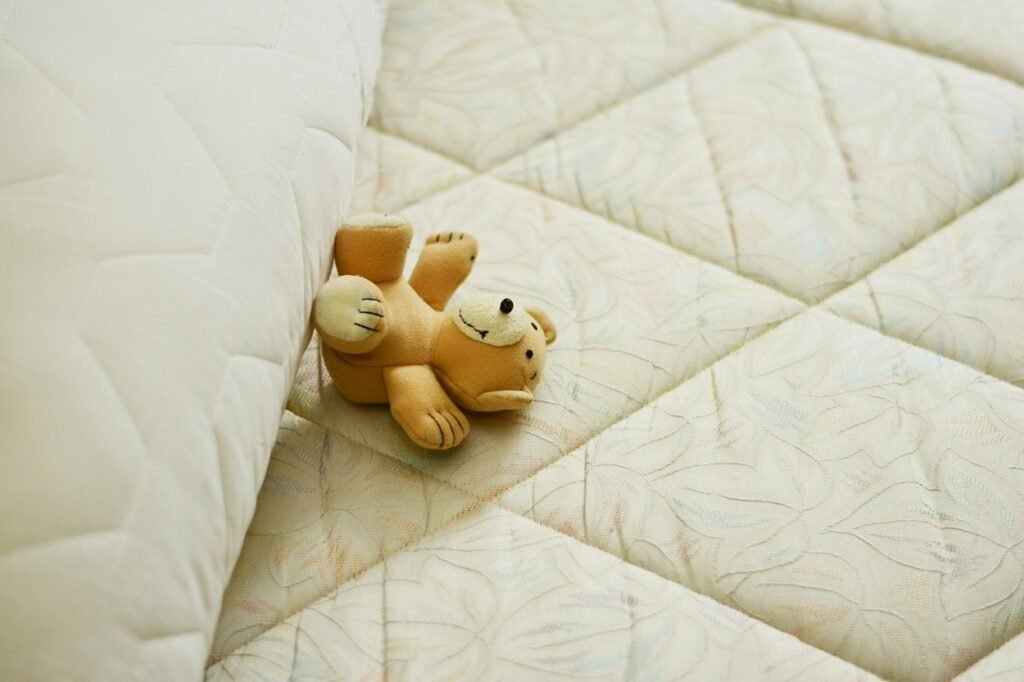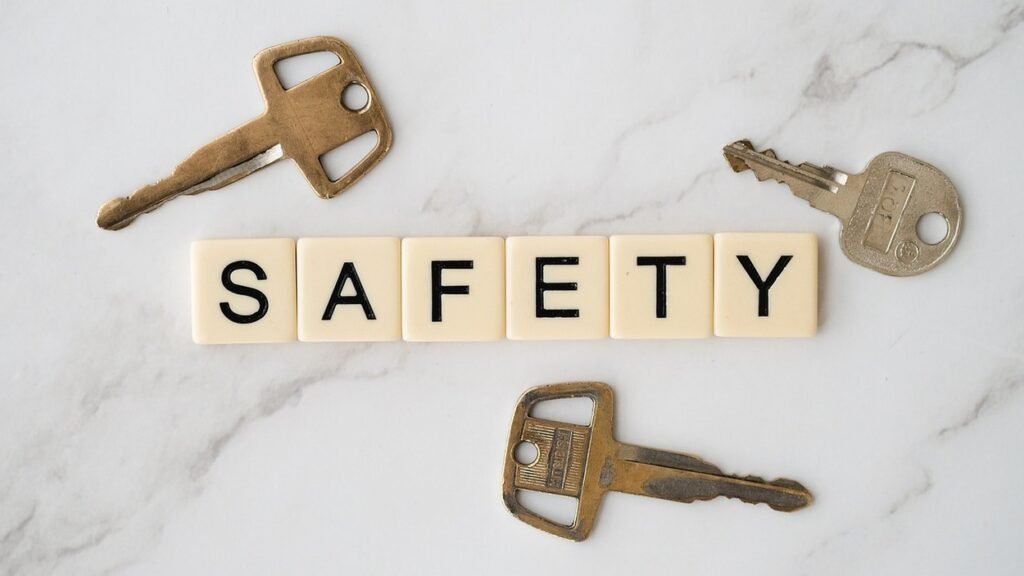Airplane travel with a toddler is no walk in the park. Picture this: you’re buckled in, ready for a peaceful flight, and then there’s your little one, who’s either squirming, spilling snacks or, if you’re lucky, sleeping uncomfortably across your lap.
For any parent seeking to ease the in-flight chaos, toddler aeroplane beds have emerged as potential lifesavers. But are they actually allowed? And if they are, are they worth the trouble? Let’s break it down.
Understanding the Basics: What Is a Toddler Aeroplane Bed?
If you’re not familiar with toddler aeroplane beds, let me paint a picture. These are inflatable or foldable travel beds designed to fit within an aeroplane seat, providing a more spacious, bed-like area where a toddler can comfortably lie down. They’re essentially tiny, portable mattresses that promise to deliver sweet dreams at 30,000 feet, converting the cramped seat into something akin to a cozy little bed.
Some models look like mini mattresses, while others come with a footrest component, extending the length of the seat to give little legs more room. These beds have boomed in popularity recently, with parents raving about their supposed miracles. But here’s the catch: not every airline embraces these dreamy innovations.

Are Toddler Aeroplane Beds Allowed on All Airlines?
The short answer is no. The long answer…well, it’s a bit of a saga. Not all airlines permit toddler airplane beds, and the rules vary widely from one airline to the next. Some airlines see the toddler bed as a blessing, while others consider it a safety hazard.
Before lugging one of these nifty beds onto your next flight, it’s best to check your airline’s specific policies.
HERE’s HOW AIRLINES GENERALLY RESPOND TO TODDLER AIRPLANE BEDS:
- Safety Concerns: Airlines prioritize safety, and many airlines view toddler beds as potentially obstructive in the event of an emergency. Anything that blocks the aisle, interferes with seat belts, or complicates evacuation procedures usually raises a red flag.
- Aircraft Configuration: Certain airplane layouts and seat configurations don’t mesh well with toddler beds. Economy seats with limited legroom are tricky for larger beds, and some airlines simply don’t allow any modifications to the seating setup.
- Case-by-Case Basis: Some airlines permit toddler airplane beds if they fit snugly within the seat parameters, don’t obstruct other passengers, and meet safety requirements. However, this approval is often at the discretion of flight attendants or crew members.

My Personal Experience: The Quest for Comfy In-Flight Naps
On a recent long-haul flight, I decided to brave it and bring a toddler airplane bed. The idea of my toddler peacefully napping beside me instead of climbing all over me was simply too appealing to resist.
I chose an inflatable model that was supposed to fit in the economy seat space without fuss. We inflated the bed as soon as the plane reached cruising altitude, and, honestly, the setup was smoother than I’d expected. The bed fit nicely and didn’t intrude into the aisle or anyone else’s space. I was feeling like a superparent!
And then…an attendant came by.
She took one look at the bed and politely informed us that it would have to be deflated before landing and any period of turbulence. “Safety regulations,” she said with a smile that implied she’d seen plenty of rookie parents try the same trick. For most of the flight, the bed was fine, and my child actually napped – cue the celebration music. But I also had to deflate and stow it twice, interrupting the peace.
Tips for Traveling with a Toddler Airplane Bed (If You’re Allowed to Bring One)
If you’re ready to give the airplane bed a try, here are a few survival tips:
- Check Airline Policy Before You Fly: Don’t just rely on a friend’s advice or an online post—confirm with your airline directly. Some airlines even specify on their website whether they allow toddler airplane beds and which models are acceptable.
- Bring a Compact, Easy-to-Store Bed: Choose a bed that’s quick to inflate and deflate, and that can be stored easily under the seat or in the overhead compartment. Trust me, you don’t want to be struggling with a massive inflatable mattress while juggling a toddler.
- Be Prepared for the Unexpected: Don’t expect a smooth flight every time. Just when you think your child is settled, there might be turbulence, or a crew member might need you to adjust the setup. Flexibility is key (yes, even more than usual).
- Consider Alternative Comfort Options: If toddler beds aren’t allowed or you want backup options, try a portable seat cushion or travel pillow. Anything that makes the seat cozier can help with naps, even if it’s not a full bed.
The Pros and Cons of Toddler Airplane Beds
To bring or not to bring? That is the question! Here’s an outline of the advantages and disadvantages:
PROS
- Better Sleep: Let’s face it, there’s something magical about a child who sleeps on a plane. A well-rested toddler means a smoother flight for everyone.
- More Legroom: The extended bed structure lets your child stretch their legs without constantly fidgeting or trying to snuggle into your already-cramped space.
- Privacy for Parents: With your toddler comfortably nestled, you might have a rare moment to enjoy a book, a snack, or (dare I say it?) a quick nap yourself.
CONS
- Variable Airline Policies: As we’ve discussed, not all airlines allow toddler airplane beds. It can be a gamble.
- Inflation and Deflation Hassles: While some beds are easy to inflate, others take a bit of muscle power—and when you’re 36,000 feet in the air, that’s not always ideal.
- Possible Safety Hazards: Even if permitted, some beds may pose risks in emergency situations, and crew members might still request that they be put away at times.

Conclusion: Are Toddler Airplane Beds Worth the Try?
Toddler airplane beds can be a dream come true on a long flight, as long as they’re allowed and you’re prepared for a little flexibility. While they’re not universally permitted, these mini sleep stations can provide a more restful experience for your child (and, by extension, for you). The key is to check your airline’s policy, pick a compact model that’s easy to inflate and stow, and be ready to adapt if the crew requests adjustments.
Ultimately, toddler airplane beds may not be a one-size-fits-all solution, but they can certainly make flying a bit more bearable if the conditions are right. So, the next time you’re contemplating how to survive a long-haul flight with a restless toddler, keep the airplane bed in your toolkit – just be sure to double-check the fine print before takeoff!
Happy travels and may your journey be filled with as many toddler naps as possible.
